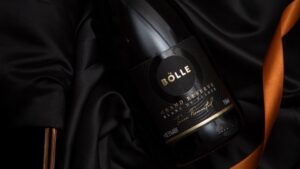Korea is a country that is familiar with soju and beer, and the proportion of soju is so high that it should be called the national drink. As for beer, Korean beer dominates the market, with other alcoholic beverages taking up the rest of the market. Koreans only consume about 1.86 liters of fruit wine per year, so it is too early to say that wine has become more popular than in European countries where they consume close to 30 liters.
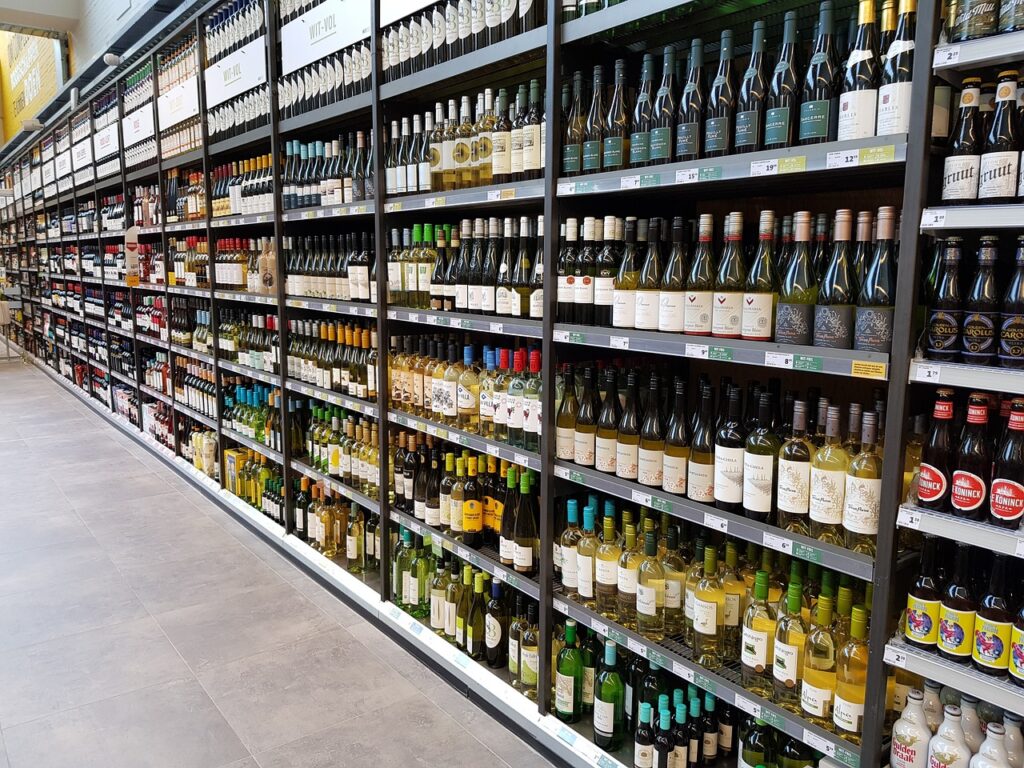
Korea, Recently Become Familiar with Wine
Korea actually began importing wine in 1992, with official records starting in 1998. The wine boom began in earnest in the 2000s, and from this perspective, it is less than 30 years. Compared to the thousands of years of wine history, Korea's wine history can be said to be really short. However, after that, the Korean market continued to grow significantly, and the import amount, which was $18,356,000 in 2000, grew 30.8 times to $565,365,000 in 2022. Per capita wine consumption is also much lower than in other countries, but Koreans' per capita alcohol consumption is 68 liters as of 2022, the highest level in the world. Beer and soju are the mainstays, but the proportion of wine has increased significantly recently.
The Younger Generation Still Likes Beer
Looking at the global trend, the wine market is in decline. When it comes to alcohol consumption among young people, they prefer beer over wine, and although imported beer is widely sold in the market, beer produced domestically in Korea dominates total consumption. In general, it can be purchased for 10,000 won for four 500ml cans (2 liters) at general convenience stores, so it is relatively cheap compared to the price of wine. Wine purchases at convenience stores are easy, but they do not reach the level of beer sales.
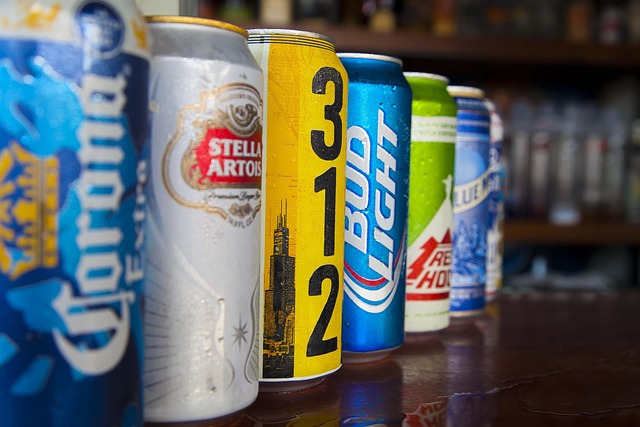
The Proportion of Red Wine is Decreasing
The proportion of red wine has been declining every year since it peaked at 73% in 2011. According to statistics as of 2023, the volume-based market share of red wine was 59.8%, the lowest ever. This gap has been filled by white wine at 24.3%, sparkling wine at 13.9%, and other (such as sweet and dessert wines) at 2%, indicating a significant increase in the market share of other wines except red. The increasing market share of white wine and sparkling wine is expected to continue to be a major trend.
The Luxury(Premium) Market is Growing
In Korea, wine is often viewed as a wine to drink on special occasions rather than an everyday alcoholic beverage. Typically, sparkling wine is collectively referred to as "champagne," and champagne is perceived as a general noun meaning that it is a special, high-quality wine drunk at celebratory occasions. The market for premium wines in Korea, including champagne, is centered around regions like Burgundy and Bordeaux in France, as well as cult wines from the US. And Italian premium wines, such as Barolo, fine wines from Piedmont, Super Tuscan wines, also play a role in Korea's premium wine market.
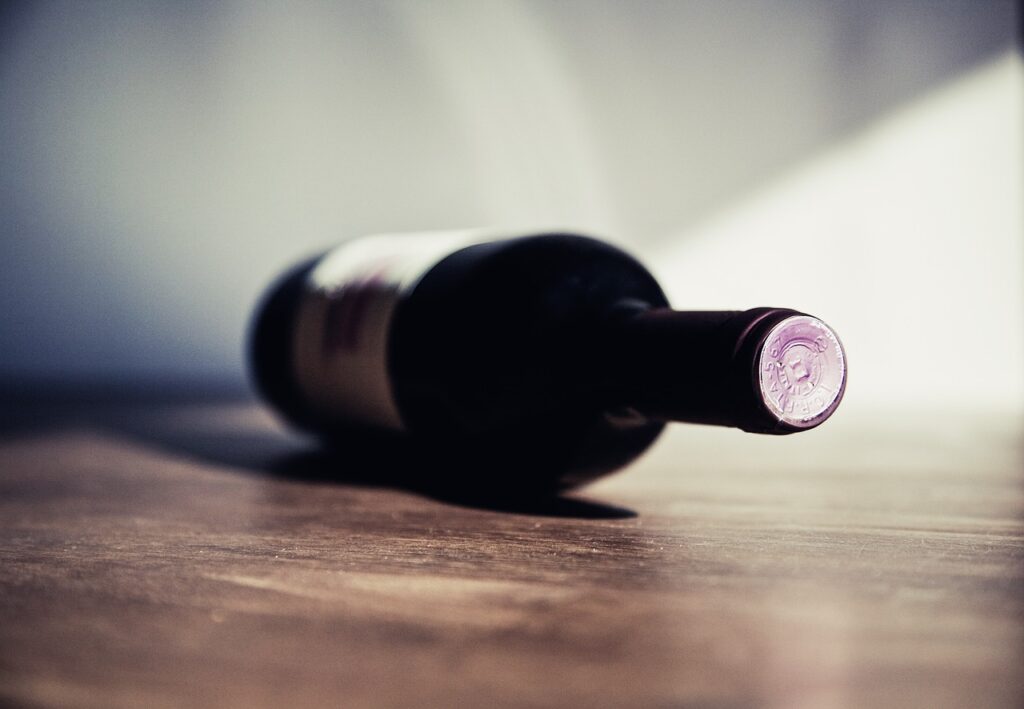
Importing Diverse Varieties in Small Scale
The maximum number of types of wine cleared and inspected in May 2022 was 5,050, and the number of inspections in one year in 2022 reached 35,781. Among these, the country that particularly stands out for its diversity is France, where a total of 15,383 wines were inspected in one year. This figure is close to half of the total number of tests. Considering that Chilean wine received 2,255 inspections in 2022, we can see that the number is overwhelming. The number of inspections is directly related to the diversity of wine, and Italy follows with 6,286, but shows a difference of more than twice that of France. This means that many different types of wine are being imported. Since Korean consumers' preferences for various wines change rapidly, importers have no choice but to understand the preferences of customers and import various wines from time to time. In the case of expensive wines, especially Burgundy wines, the names of the products vary depending on the appelation, so they must be inspected individually. Products from different fields are often high-end, and the fact that these wines are imported in a variety of ways proves that consumers' tastes are diverse and demand is clear.

Conclusion
Although Korea's wine market has grown significantly, it is still in its infancy compared to other countries. Understanding the characteristics of the Korean market, including its special regulations, can be a new challenge for foreign wine producers. However, the Korean market is definitely an attractive wine market to overseas wine producers. There are many different categories of consumers, and their tastes are also very diverse. Because consumer tastes are changing rapidly, it is a good environment to observe their reactions to products. Therefore, I conclude by stating that although the Korean market is smaller than Japan or China in terms of size, it is sufficiently attractive in terms of its diversity and dynamism.
Previews of Upcoming Columns
- Position of the luxury(premium) wine market in Korea
- The era of white and sparkling
- Koreans' favorite wine style

온라인 닉네임 '웅가'로 더 널리 알려져 있다. 11,000건에 가까운 자체 작성 시음노트를 보유하고 있으며, 지금까지 세 권의 책을 출간하였다. 김준철와인스쿨에서 마스터 과정과 양조학 과정을 수료하였다. IT 분야 전문 직업을 가지고 있으며 와인 분야 저술 활동을 꾸준히 하고 있다. 2013년부터 연초에 한국수입와인시장분석보고서를 정기적으로 발행하고 있으며, 2022년 현재 열 번째 버전을 무료로 발간하였다.
